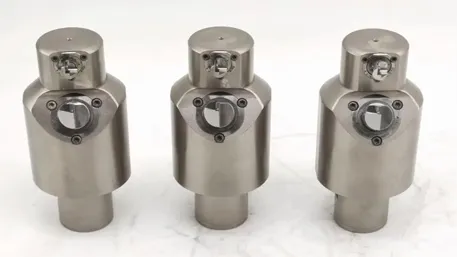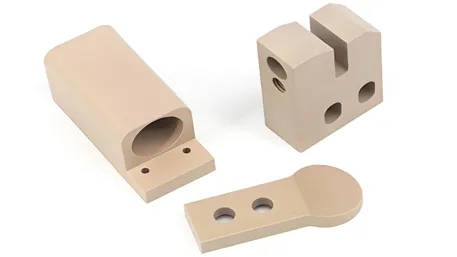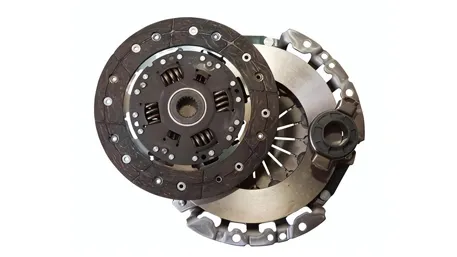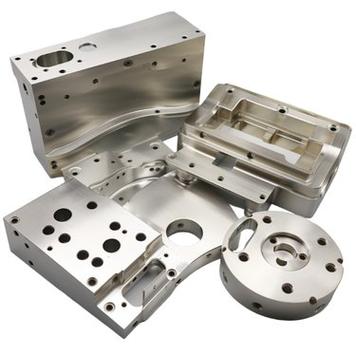A Comprehensive Technical Comparison Focused on CNC Machining Processes
1. CNC Machining Performance Overview
- Machining Difficulty: ★★★☆☆ (Medium)
- Surface Quality: ★★★★☆ (Good)
- Machining Efficiency: ★★★★☆ (High)
- Tool Life: ★★★☆☆ (Medium)
- Cost Efficiency: ★★★★★ (Excellent)
- Machining Difficulty: ★★★★★ (Difficult)
- Surface Quality: ★★★★★ (Excellent)
- Machining Efficiency: ★★☆☆☆ (Low)
- Tool Life: ★★☆☆☆ (Short)
- Cost Efficiency: ★★☆☆☆ (Low)

2. Cutting Performance Detailed Comparison
- Material Property: Moderate toughness, medium work hardening
- Chip Formation: Spiral chips, relatively easy to break
- Tool Adhesion: Medium, easy to adhere at high cutting speeds
- Surface Roughness: Ra 1.6-3.2μm
- Machining Advantages:
-
- Relatively small cutting force
-
- Uniform tool wear
-
- Good machining stability
- Material Property: High toughness, severe work hardening
- Chip Formation: Continuous chips, difficult to break
- Tool Adhesion: Severe, easy to form built-up edge
- Surface Roughness: Ra 0.8-1.6μm
- Machining Challenges:
-
- Large cutting force, fast tool wear
-
- High machining temperature
-
- Easy to produce chatter marks
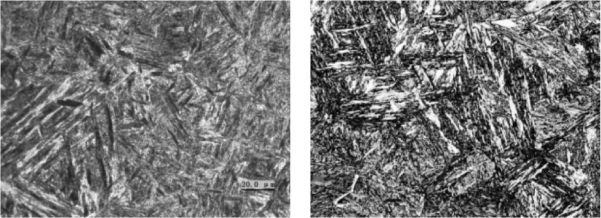
3. Tool Selection and Parameter Settings
304 Stainless Steel Machining Tools
- Preferred: High-speed steel (HSS-Co) or coated HSS
- Alternative: Regular carbide
- Recommended Coating: TiN or TiAlN coating
- Rake Angle: 10°-15°
- Clearance Angle: 8°-12°
- Edge Angle: 0°-5°
- Tool Nose Radius: 0.4-1.2mm
- Milling Speed: 1000-2000 rpm
- Feed Rate: 150-300 mm/min
- Cutting Depth: 3-8mm (roughing), 0.5-2mm (finishing)
- Cutting Width: 50-70% of tool diameter
316 Stainless Steel Machining Tools
- Must Use: Ultra-fine grain carbide
- Recommended Grade: WC-Co alloy with 8-12% Co content
- Recommended Coating: TiAlN or AlTiN coating
- Rake Angle: 5°-10° (smaller angle for increased strength)
- Clearance Angle: 6°-10°
- Edge Angle: -5°-0°
- Tool Nose Radius: 0.8-1.6mm (larger radius for increased strength)
- Milling Speed: 800-1500 rpm
- Feed Rate: 100-200 mm/min
- Cutting Depth: 2-5mm (roughing), 0.3-1mm (finishing)
- Cutting Width: 40-60% of tool diameter
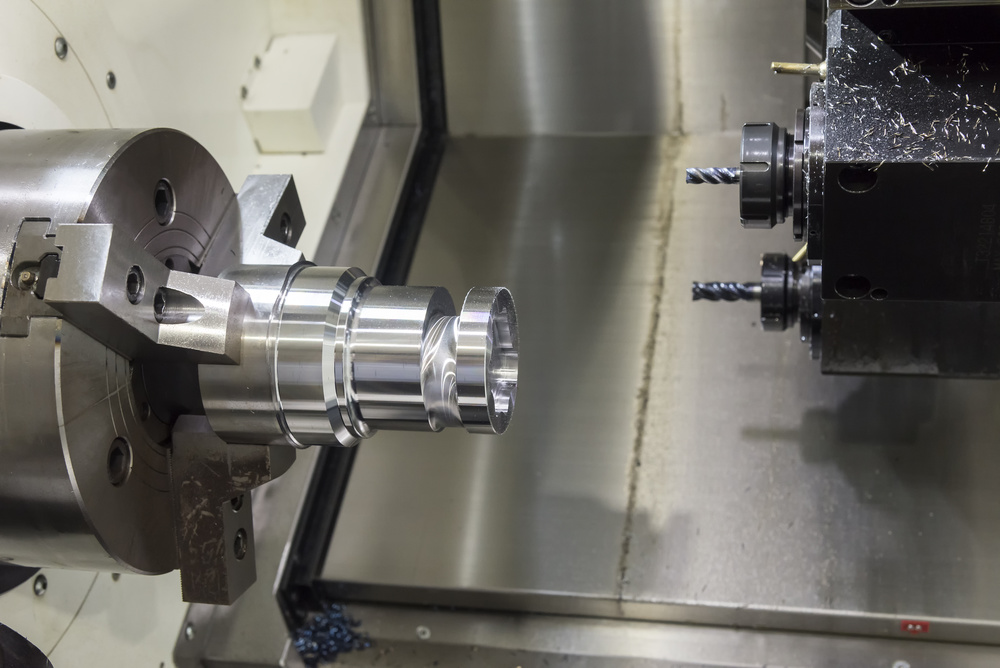
4. Cooling and Lubrication Requirements
304 Stainless Steel Machining Cooling
- Type: Emulsion or semi-synthetic cutting fluid
- Concentration: 6-10%
- Flow Rate: Moderate
- Pressure: Medium pressure
- Use regular cooling system
- Ensure sufficient lubrication
- Regularly check coolant condition
316 Stainless Steel Machining Cooling
- Type: Extreme pressure emulsion or fully synthetic cutting fluid
- Concentration: 8-12%
- Flow Rate: High flow rate, 20-30% more than 304
- Pressure: High pressure cooling (3-5 bar)
- Use high-pressure cooling system
- Adopt through-tool cooling
- Direct cooling to cutting zone
- Maintain clean coolant
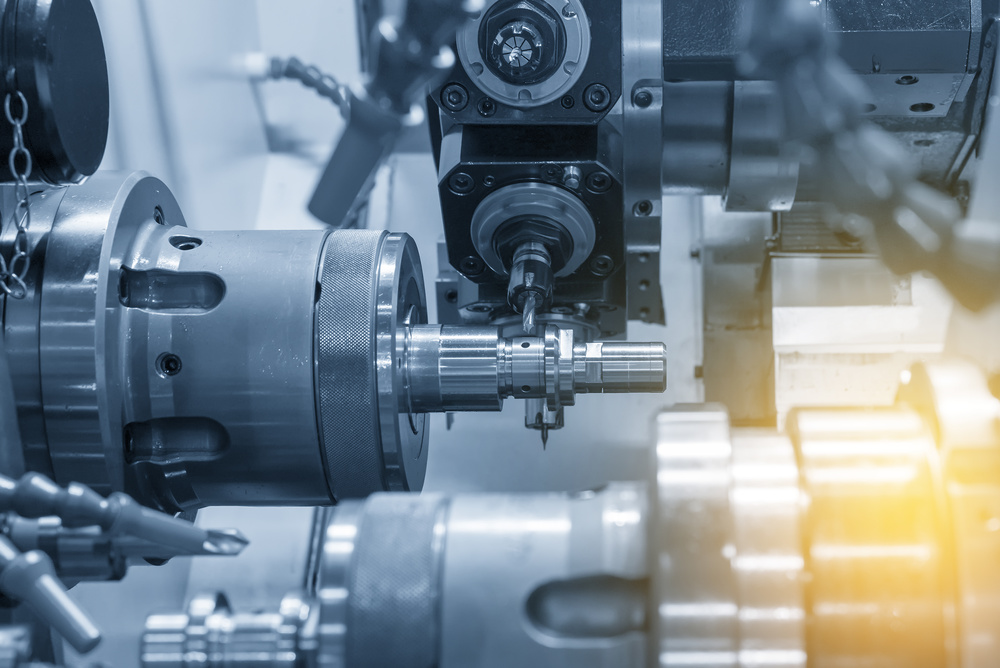
5. Machining Process Planning
304 Stainless Steel Machining Process
- Roughing: High feed rate, medium depth of cut
- Semi-finishing: Medium parameters
- Finishing: High speed, low feed rate
- Can use larger cutting parameters
- Longer tool life, suitable for mass production
- Good machining stability, easy to ensure accuracy
316 Stainless Steel Machining Process
- Roughing: Low feed rate, small depth of cut, multiple passes
- Semi-finishing: Gradually increase feed rate
- Finishing: Very small cutting parameters
- Must use layered cutting
- Control machining temperature to avoid overheating
- Timely chip removal to prevent entanglement
- Frequently check tool wear
6. Common Machining Problems and Solutions
304 Stainless Steel Machining Common Problems
- Symptom: Tool marks or excessive roughness
- Cause: Tool wear, excessive feed rate
- Solutions:
-
- Replace tools timely
-
- Reduce feed rate
-
- Increase cutting speed
- Symptom: Large dimensional variation
- Cause: Machining temperature changes, tool wear
- Solutions:
-
- Control machining temperature
-
- Measure dimensions regularly
-
- Optimize cutting parameters
316 Stainless Steel Machining Common Problems
- Symptom: Very short tool life, frequent replacement
- Cause: High material hardness, severe work hardening
- Solutions:
-
- Use higher quality carbide tools
-
- Reduce cutting speed
-
- Increase cooling and lubrication
-
- Reduce cutting depth
- Symptom: Wavy marks on machined surface
- Cause: Excessive cutting force, insufficient system rigidity
- Solutions:
-
- Reduce cutting parameters
-
- Increase system rigidity
-
- Use vibration-damping tools
-
- Optimize tool path
- Symptom: Chips get tangled around tool and workpiece
- Cause: High material toughness, chips not easy to break
- Solutions:
-
- Use chip breaker tools
-
- Optimize cutting parameters
-
- Increase cooling pressure
-
- Clean chips promptly
7. Tool Wear Monitoring
304 Stainless Steel Tool Wear
- Relatively uniform wear
- Mainly flank wear
- Longer tool life (100-200 minutes)
- Regularly check tool condition
- Observe changes in cutting sound
- Monitor changes in surface quality
316 Stainless Steel Tool Wear
- Fast wear rate
- Easy to produce crater wear
- Short tool life (30-80 minutes)
- Frequently check tool condition (every 10-15 minutes)
- Use tool wear monitoring system
- Establish tool replacement standards

8. Cost Efficiency Analysis
304 Stainless Steel Machining Cost
- Tool Cost: Low (long tool life)
- Labor Cost: Low (high machining efficiency)
- Equipment Cost: Low (low equipment wear)
316 Stainless Steel Machining Cost
- Tool Cost: High (fast tool wear, short life)
- Labor Cost: High (long machining time)
- Equipment Cost: High (high equipment load)
9. CNC Programming Key Points
304 Stainless Steel Machining Programming
- Feed Control: Can use higher feed rates
- Speed Control: Medium speed achieves good results
- Cooling Control: Regular cooling settings
- Feed Override: Normal setting
- Spindle Override: Can appropriately increase
- Tool Compensation: Regular setting
316 Stainless Steel Machining Programming
- Feed Control: Use segmented feeding, gradually increase
- Speed Control: Low speed, high torque
- Cooling Control: Enhanced cooling settings
- Feed Override: Appropriately reduce
- Spindle Override: Conservative setting
- Tool Compensation: Frequently update tool compensation values
10. Equipment Maintenance Requirements
304 Stainless Steel Machining Equipment Maintenance
- Regular Maintenance: Follow standard maintenance schedule
- Cooling System: Regular inspection and cleaning
- Guideway System: Regular lubrication
316 Stainless Steel Machining Equipment Maintenance
- Spindle System: Frequently check spindle accuracy and temperature
- Cooling System: Enhanced maintenance, regular coolant replacement
- Guideway System: Enhanced lubrication and cleaning
- Tool System: Check rigidity of tool holding system
11. Safety Operation Procedures
304 Stainless Steel Machining Safety Operation
- Personal Protection: Standard protective equipment
- Equipment Protection: Regular safety protection
- Operation Standards: Standard operating procedures
316 Stainless Steel Machining Safety Operation
- Personal Protection: Enhanced protection, especially eye protection
- Equipment Protection: Check equipment rigidity and stability
- Operation Standards: Strictly control machining parameters
- Monitoring Requirements: Enhanced machining process monitoring
12. Quality Control Points
304 Stainless Steel Machining Quality Control
- Dimensional Accuracy: Regularly measure key dimensions
- Surface Quality: Visual inspection and roughness measurement
- Tool Condition: Regularly check tool wear
316 Stainless Steel Machining Quality Control
- Dimensional Accuracy: Frequent measurement, timely adjustment
- Surface Quality: Focus on surface finish inspection
- Tool Condition: Frequently check tool wear and cutting condition
- Machining Temperature: Monitor temperature in machining area
CNC Machining Material Selection Decision Tree
Quick Reference Table for Machining Parameters
|
Machining Type
|
Material
|
Tool Material
|
Speed (rpm)
|
Feed (mm/min)
|
Depth (mm)
|
|
Rough Milling
|
304
|
HSS
|
1000-1500
|
200-300
|
5-8
|
|
Finish Milling
|
304
|
HSS
|
1500-2000
|
150-250
|
1-2
|
|
Rough Milling
|
316
|
Carbide
|
800-1200
|
100-150
|
2-4
|
|
Finish Milling
|
316
|
Carbide
|
1200-1500
|
80-120
|
0.3-1
|
|
Drilling
|
304
|
HSS
|
800-1200
|
50-100
|
–
|
|
Drilling
|
316
|
Carbide
|
600-1000
|
30-60
|
–
|
Frequently Asked Questions (FAQ)
This professional CNC machining technical guide will help operators better understand and master the machining characteristics of 304 and 316 stainless steel, improving machining efficiency and product quality.


